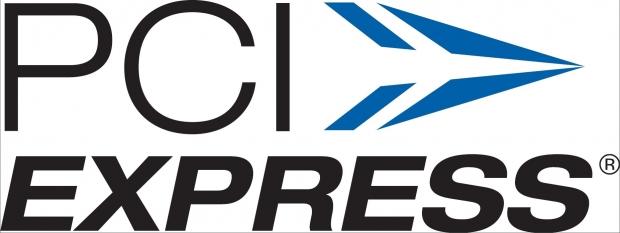Nearly all motherboards feature PCIe 3.0, but we're going to be seeing more and more about PCIe 4.0 in the coming years, now that the PCI Special Interest Group (PCI SIG) getting closer to the final version of the PCIe 4.0 specification.
The PCI SIG has been developing PCI Express 4.0 for a few years now, with the new standard set to feature a huge 16GT/s per lane, which is double that of the 8GT/s that PCIe 3.0 is capable of. The standard isn't finalized jut yet, as there are quite a few steps to overcome first. One of the first is the interconnect attributes, fabric management, and the programming interface that is used to design and build systems and peripherals that are PCIe 4.0 compliant.
PCIe 4.0 will usher in a new connector, but it is backwards compatible with PCIe 3.0 cards. But, PCIe 4.0-based cards will not work with the old PCIe 3.0 ports. Al Yanes, the President of the PCI SIG explained in an interview with EE Times: "We are getting 16GT/s, something no one thought was possible a few years ago. The base distance is still being validated but it's typically 7 inches or so. Longer channels of 15 inches or so with two connectors will have retimers, but Gen 3 has used retimers - now we will need to use them for shorter long channels".
Yanes continued: "We've done a lot of analysis on the connector - we tried everything possible. We have some top engineers in our electrical work group and they've come through - its exciting to see the amount of activity and participation".
Now, back to the PCIe 4.0 ports: the PCIe 4.0 x16 slot will be used for video cards, pumping an insane 32GB/sec of bandwidth through it. The PCIe 4.0 x1 slot will see 2GB/sec of transfer rates. The PCIe 4.0 slots themselves will rely on optical, not copper links, which is a very big difference. This is a big change, and something that will take place over the next 10 years, with Yanes explaining: "I got to believe engineers will find way to make [optics] cost effective by the time they are needed - even four years ago there was a big push on it".


